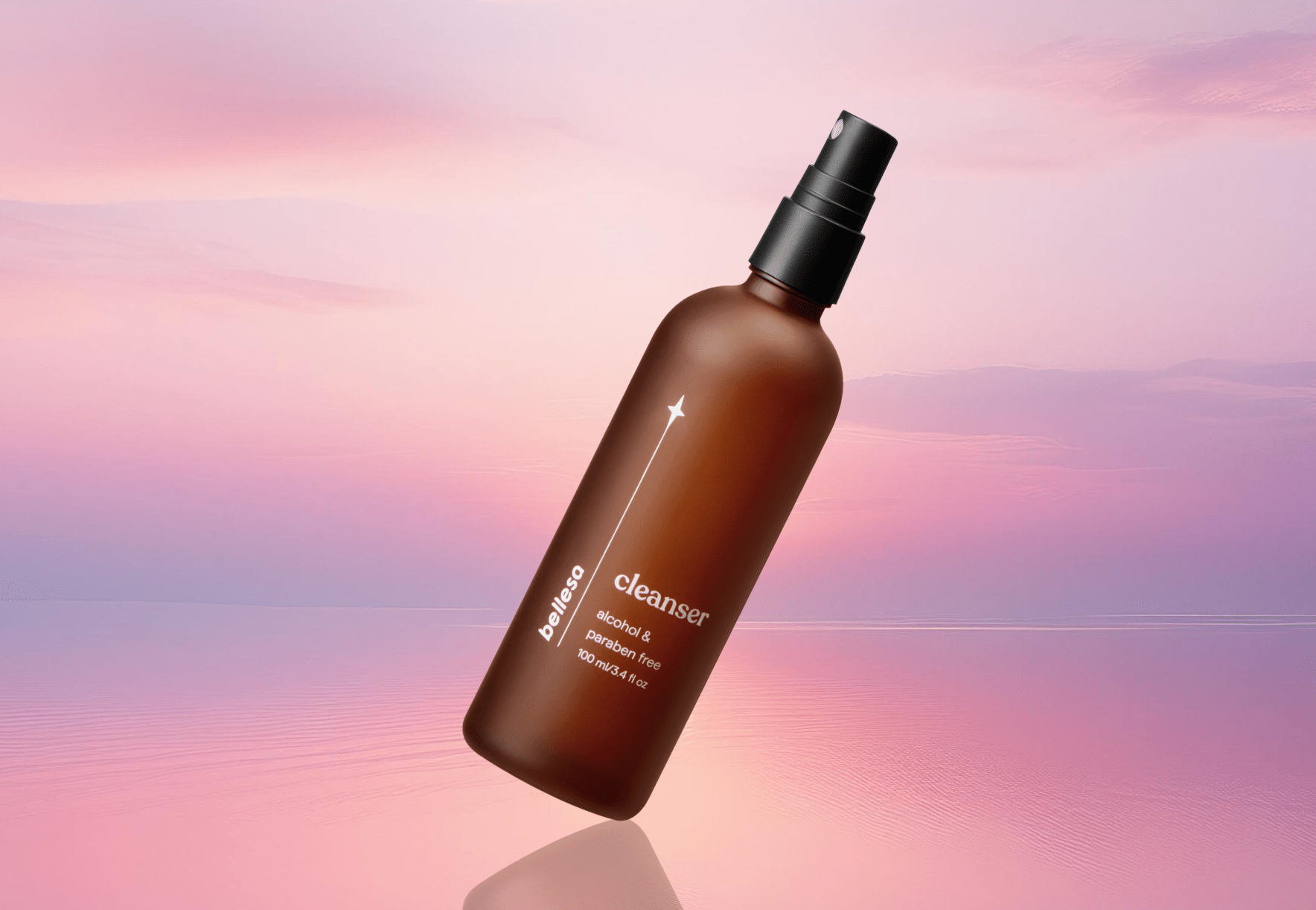A guide on how to (properly) clean your sex toys

Sex toys are a great investment towards your personal pleasure, and the best way to make your toys last is to clean them properly and regularly.
Not washing your toy, using the wrong lube, or storing your toy incorrectly can not only damage the quality of your toy, but can also lead to a risk of infection for you or your partner.
Genitals aren’t “dirty,” but bacteria can build up on your toys and spread, so proper cleaning is important to avoid bacterial infection or transmission of STIs. Some STIs die once the fluid they live in dries, but other, such as hepatitis and scabies, can live for weeks or months outside the body.
Don’t know how to clean your toys? We’ve got some guidelines to help.
Most sex toys come with cleaning instructions, so be sure to check for any tips or methods specific to your toy.
Shop our favourite sex toy cleanser here.
Shop our favourite cleansing wipes here.
What material is your toy?
Just like laundry, sex toys made of different materials need to be cleaned in different ways.

Toys come in many materials, but can be divided into two general categories: porous and nonporous. You should be able to find what material your toy is on the package or the manufacturer’s website.
Nonporous Toys
Nonporous toys are made of silicone, glass, metal, and ABS hard plastic.
Nonporous materials don’t allow bacteria through and are generally easy to clean.
You can wash nonporous toys with a mild soap and water or with special sex toy spray/wipes. Some materials can be boiled such as silicone, Pyrex (heat-resistant glass), and stainless steel.
Porous Toys
Porous toys, on the other hand, are made of hard plastic, cyberskin, elastomer, jelly rubber, nylon, vinyl, acrylic, leather, neoprene, and some hard plastics.
Porous materials are absorbent, meaning they cannot be completely sterilized.

Since porous materials are sensitive to temperature and therefore prone to warping, they should only be washed with mild soap and warm water.
Cleaning vs. sterilizing
You should wash your toy after every use, whether you are using it solo or with a partner.
If you don’t, dried body fluids can degrade or discolor the material.
Additionally, if you store an unwashed toy with other toys, it can contaminate them with bacteria. Washing your toy with soap and water cleans the toy, but does not sterilize it!

To sterilize means to completely remove any bacteria, microbes, and viruses.
You should sterilize toys after anal use, if you have a yeast infection, or if you share a toy with a partner. Even if your toy is only for vaginal use and you don’t have any infections, it’s still a good idea to sterilize your toy once in a while.
Only nonporous toys can be sterilized, and you need to use an agent that will kill all of the microbes: heat, bleach, or alcohol. If you are using bleach, a 10% bleach to water solution is best. Make sure to rinse it well after!
Wash properly
When washing your toys, use a mild, unscented hand or dish soap. Avoid antibacterial soaps, which can leave a residue.
For a more discreet option, many sex toy brands also make toy cleaners in liquid or wipe formulas.
If you are washing a battery-operated or plug-in toy, DO NOT submerge it in water. Unless your toy is completely waterproof, this will damage the motor. Just wipe it down with a warm, soapy washcloth.
Use the right accessories (lube, condoms, etc.)
Silicone or oil-based lubes will stick to silicone toys and break down the material.
Choose a water-based lube instead, and always make sure to wash your toy after each use.
Some porous toys cannot be completely sterilized, so use a condom when using one with a partner.

Using the toy by yourself without a condom is okay, unless you have an infection or are switching from anal to vaginal play in the same session.
You should also always use a condom with jelly toys, which contain potentially dangerous chemicals called phthalates.
Maintain your toys
Make sure to regularly check your toys for any irregularities that signal it’s time to throw it out.
Look out for seams coming apart or pockmarks in silicone toys, since these are signs that the toy is no longer nonporous.
Take the batteries out of your toys when not in use — leaving the batteries in can actually corrode the toy and drain the battery life.
Store toys correctly
Finally, don’t just throw toys in your bedside drawer. If left out, your toy can come in contact with lint, pet hair, or other bacteria, which will then go in your body if you don’t wash the toy before using it.

Be smart and store your toys wrapped in cloth or in a cloth bag and keep them somewhere safe, dry, and relatively cool.
Avoid using Tupperware or plastic bags, because chemicals can leach into the toy over an extended period.
If you want an upgrade or have a lot of toys, many sex toy brands offer storage boxes specifically for toys.